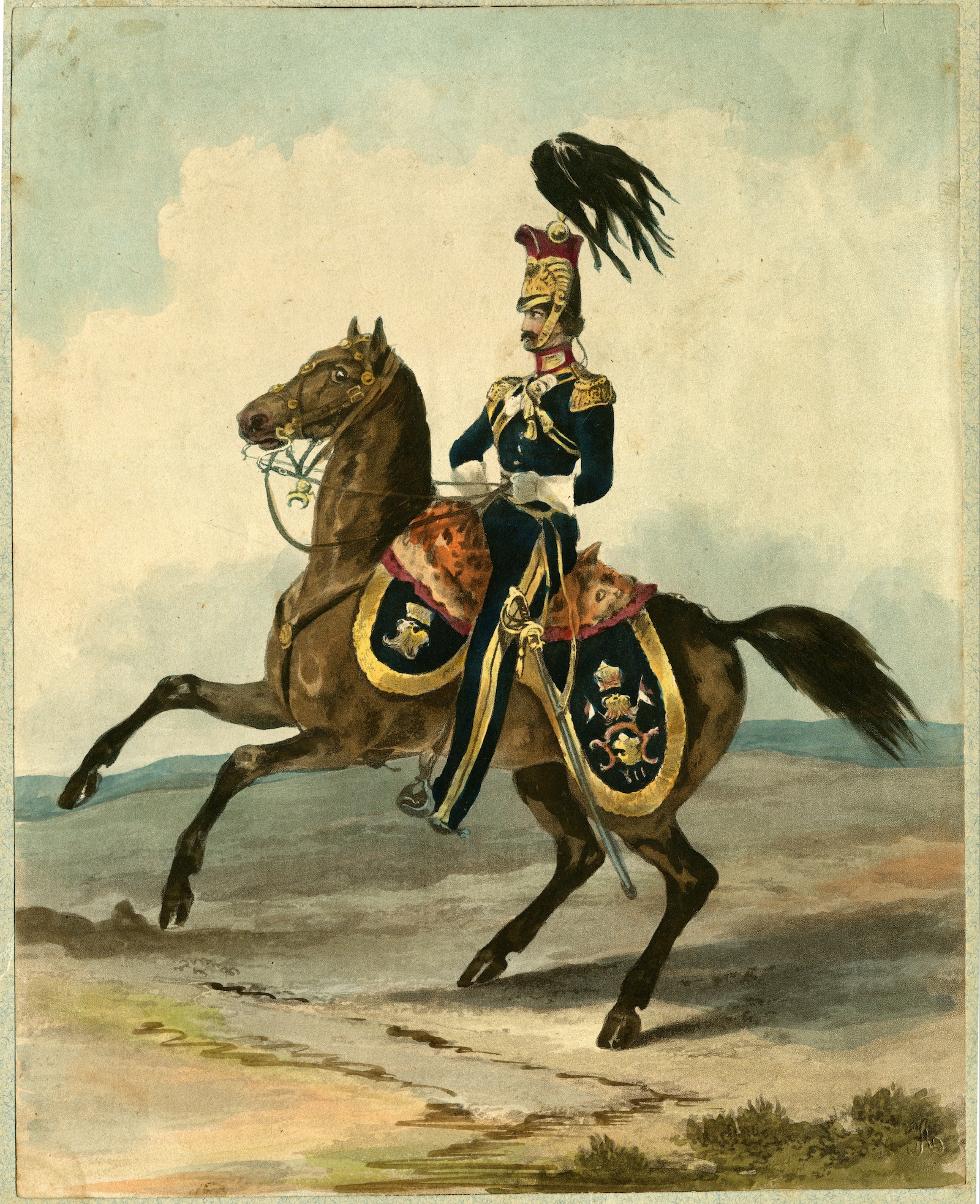Queen Victoria’s Stalker | History Today - 5 minutes read
In autumn 1837 Captain Jonathan Childe, an officer in the 12th Lancers, became convinced that the young Queen Victoria had become romantically attached to him. That a handsome, well-born man might have caught the queen’s eye was not impossible. She was very young, of an amorous nature and impressed by manly men. Instead of simply taking the compliment, Childe wrote her a series of passionate love letters. And then he would not, or could not, stop writing.
Victoria might have been young and amorous, but she was also the queen of England. Any idea of a relationship or secret communication was nonsensical. Polite, and then insistent, requests for Childe to stop writing followed. His ‘offensive’ letters continued. Pressure from the palace and the army led Childe’s father to have him examined by a team of medical doctors to see if his obsession was clinical. After attempts at supervision and distraction failed, he was sent to a private asylum outside Dublin in 1842.
Childe’s form of ‘lunacy’ touched on several hot issues of the 1840s. He was diagnosed with monomania, one of several new psychiatric diagnoses in the early 19th century that seemed difficult to assess and reliant on expertise to define. It was a form of partial insanity, in which patients appeared rational on all subjects except that which touched on their delusion; not everyone agreed such patients should be sent to asylums. The fact that the object of his obsession was the queen made doctors more concerned. By the time Childe was sent for treatment in Ireland, two men had already made serious attempts on Victoria’s life. Authorities could not dismiss such a case easily.
Yet Childe maintained his was a case of wrongful confinement. The 1775 Madhouses Act addressed a long history of abuse and malpractice in a system where patients could easily be locked away for the social or financial benefit of their families. Reforms continued in the first half of the 19th century, yet deep suspicions of asylums remained. As the years of Childe’s confinement went on, his case seemed to prove a compelling example of medical overreach.
All visitors, medical and lay, found Childe intelligent, charming and capable in conversation over the years of his confinement. While doctors believed this did not matter in a diagnosis such as monomania, for the everyday Briton it was distressing that a man who seemed so normal was detained against his will in an asylum for over a decade.

Childe found allies and friends who fought on his behalf to defend his sanity and achieve his freedom. He finally received his much-anticipated day in court in 1854, in the form of a Commission de Lunatico Inquirendo in the Court of Chancery. To all who would listen, Childe was insistent that his youthful fixation was a thing of the past. Public opinion was almost overwhelmingly on his side, and his case added fuel to a simmering wrongful confinement panic. In 1854 the Morning Chronicle declared Captain Childe, then in his forties, as being ‘of very prepossessing appearance’.
Childe was a prolific letter writer, sending short, clear missives to friends and supporters or even the Lunacy Board about his case and his well-being. Many of these letters also had strange notes on the reverse or in enclosures written in cypher. Childe claimed they were a mere amusement, a bit of nonsense. Childe’s father sent the cyphers to polymath Charles Babbage with the hope he could decipher them. It was these letters, rather than the medical testimony, that were decisive in Childe’s case. These decrypted letters seemed to prove what the doctors insisted all along.
Despite his calm and rational demeanour, Childe’s mind was full of delusions and conspiracies. He was not only still obsessed with the queen, but he also believed that they had somehow maintained a passionate, sexual affair over the years. The content of these messages was only summarised in court, but the full text of dozens of letters in the massive Childe file at the National Archives is quite revealing.
A typical coded letter translates as such:
I jug [sic] your eyes and bite the back of your neck and I love your beautiful hairy lovely cunt because you are such a divine and dear Strumpet—
You will go to see your Ships today and will be thinking of me with your eyes and your heart in the midst of the noise and the smoke.
His cyphers revealed crude sexual references and a concerted belief in a massive conspiracy that both allowed him to continue a relationship with the queen and contrived to keep him in an asylum.
The strange case of Captain Childe was shaped by a particular set of events and contexts in the 1840s and 1850s. Had he been born in another moment, or had Childe’s fixation been set on another subject, his story might have turned out very differently. And while doctors might have felt vindicated that their diagnosis proved true, they had not been able to demonstrate it in court. It was only the coded, obscene letters that proved Childe’s insanity to the public and to the Chancery Court. Transferred to the exclusive Ticehurst asylum, he would remain a defiant patient until he died at the age of 49 of necrosis.
This case demonstrates the deep public anxiety about the Victorian system of treatment without consent. Even concerns about protecting the queen were not enough to overcome public fears over unjust confinement in a lunatic asylum.
Amy Milne-Smith is Professor of History at Wilfrid Laurier University, Canada, and author of Out of His Mind: Masculinity and Mental Illness in Victorian Britain (Manchester University Press, 2022).
Source: History Today Feed